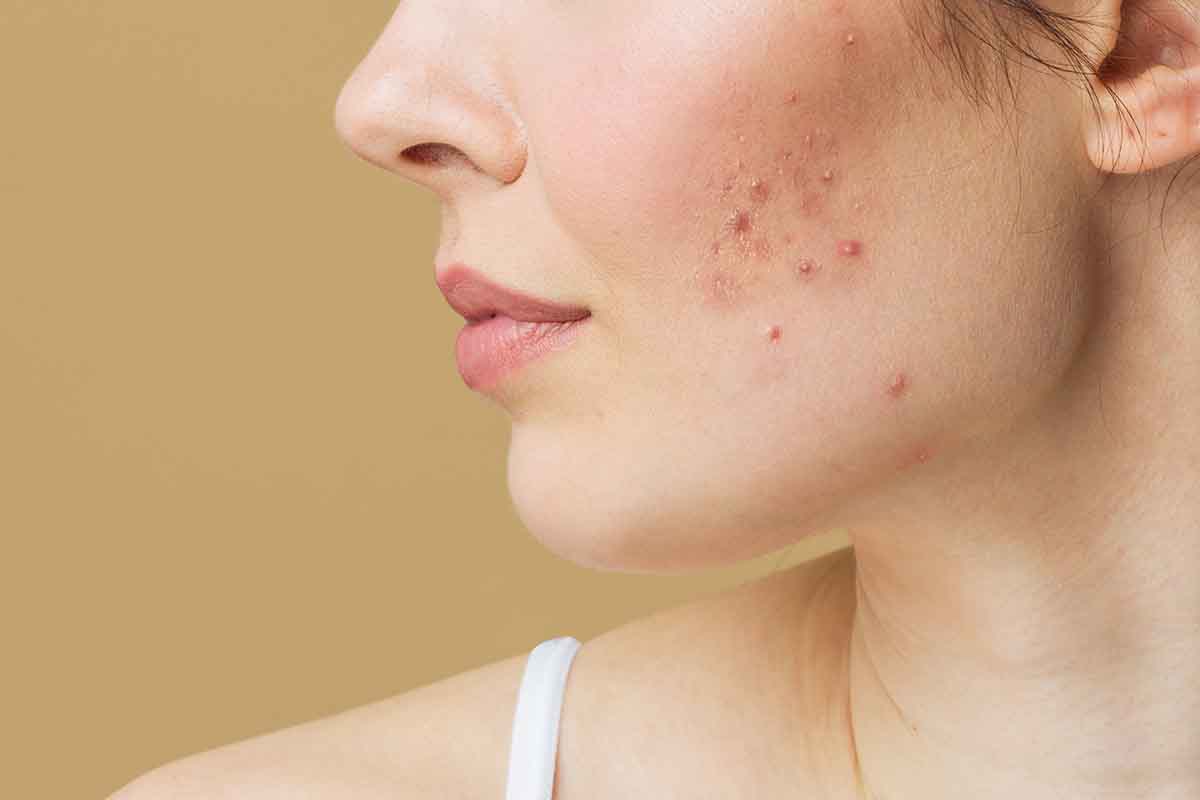Acne, a common skin condition affecting millions worldwide, isn’t just a single problem but a spectrum of issues. From the occasional pimple to severe cystic outbreaks, acne presents itself in various forms, each with its own triggers, characteristics, and treatments. Understanding these different types is crucial for effective management and achieving clear, healthy skin. Let’s delve into the diverse world of acne and explore its various types.
1. Comedonal Acne:
Comedonal acne, often referred to as non-inflammatory acne, manifests as blackheads and whiteheads. These occur when hair follicles become clogged with excess oil (sebum) and dead skin cells, resulting in small bumps on the skin. They’re typically found on the forehead, chin, and nose, and are generally manageable with proper skincare routines and over-the-counter treatments containing ingredients like salicylic acid or benzoyl peroxide.
2. Inflammatory Acne:
Inflammatory acne involves red, swollen, and sometimes painful breakouts. This type includes papules, pustules, nodules, and cysts. Papules and pustules are small to moderate-sized inflamed lesions filled with pus, while nodules and cysts are deeper, more severe forms that can cause scarring. Inflammatory acne often requires medical intervention, such as prescription medications like antibiotics, retinoids, or isotretinoin, to effectively control and prevent further outbreaks.
3. Hormonal Acne:
Hormonal acne is closely linked to fluctuations in hormone levels, particularly androgens like testosterone. It commonly affects women during puberty, menstruation, pregnancy, or menopause, though men can also experience it. Hormonal acne typically appears as deep, painful cysts around the chin, jawline, and neck. Treatment options may include oral contraceptives, anti-androgen medications, or hormonal therapies prescribed by a healthcare professional.
4. Acne Mechanica:
Acne mechanica develops due to friction, pressure, or heat on the skin, often exacerbated by wearing tight clothing or equipment. This type is common among athletes, particularly in areas where sweat and friction accumulate, such as the forehead, shoulders, or back. Prevention involves wearing breathable fabrics, showering promptly after sweating, and using non-comedogenic skincare products to minimize pore blockage.
5. Acne Fulminans:
Acne fulminans is a severe, rare form of acne characterized by sudden onset and systemic symptoms such as fever and joint pain. It often occurs in young males and can lead to extensive scarring if left untreated. Management typically involves a combination of oral steroids, isotretinoin, and systemic antibiotics under the guidance of a dermatologist or healthcare provider.
Conclusion:
Understanding the various types of acne is essential for effective management and treatment. While some forms may respond well to over-the-counter remedies and lifestyle changes, others may require medical intervention and professional guidance. Regardless of the type, adopting a consistent skincare routine, maintaining a healthy lifestyle, and seeking timely medical advice can help minimize breakouts and promote clearer, healthier skin in the long run.






Comments